Optimal Timing for Speed Bump Installation
Determining the optimal time for speed bump installations depends on various factors, including traffic patterns, weather conditions, and project scope. Proper timing ensures durability and effectiveness, reducing the need for future repairs or adjustments.
Installing speed bumps during dry, mild weather prevents delays and ensures proper setting of materials, leading to longer-lasting installations.
Scheduling installations during periods of lower traffic minimizes disruptions and allows for safer, more efficient work.
Timing should align with permit approvals and project planning to avoid delays and ensure compliance with local regulations.
Avoiding peak seasonal periods, such as winter or heavy rain seasons, helps prevent weather-related complications.

Ways to make Speed Bump Installations work in tight or awkward layouts.
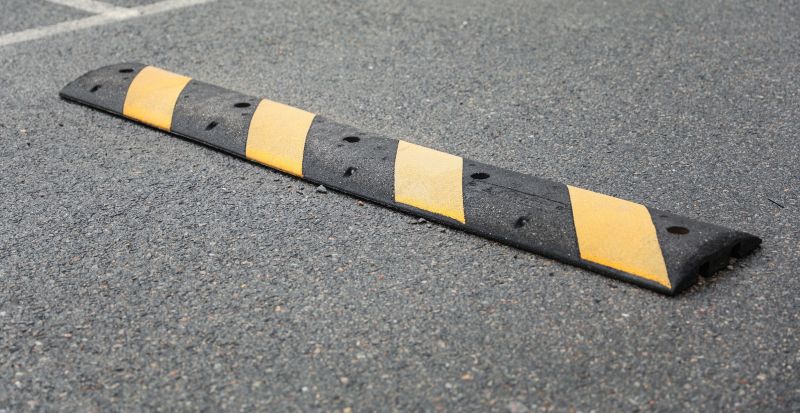
Popular materials for Speed Bump Installations and why they hold up over time.
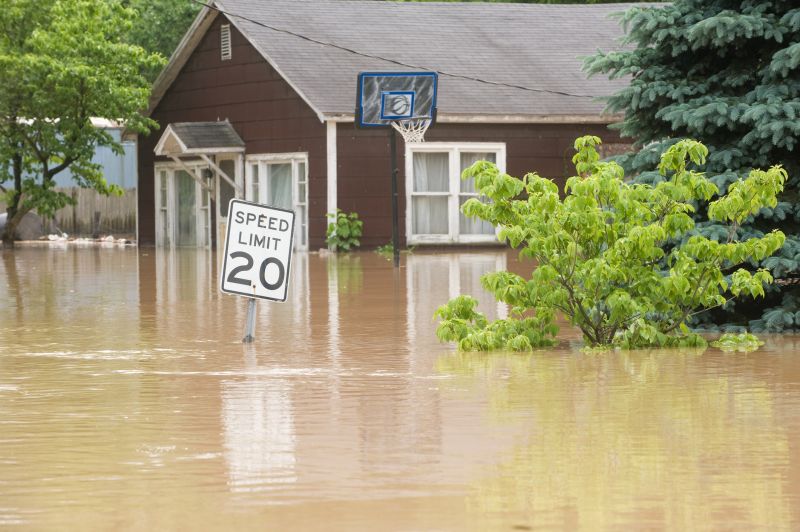
Simple add-ons that improve Speed Bump Installations without blowing the budget.
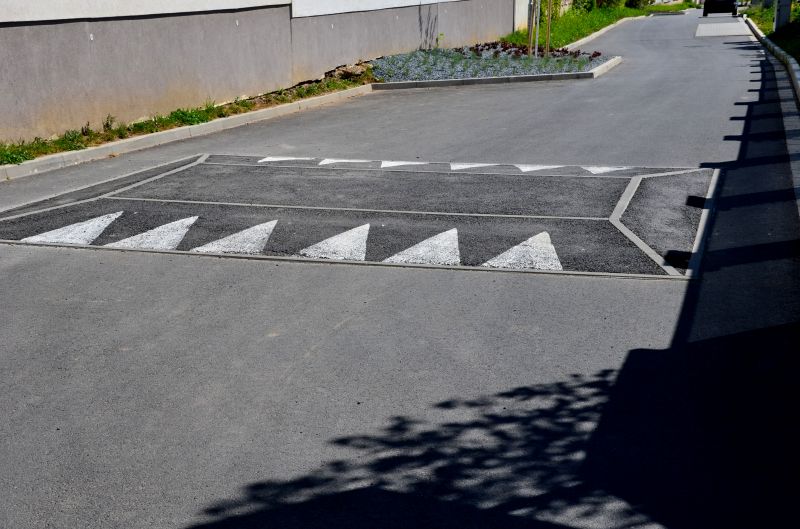
High-end options that actually feel worth it for Speed Bump Installations.

Finishes and colors that play nicely with Speed Bump Installations.

Little measurements that prevent headaches on Speed Bump Installations day.
Speed bump installations are a common method to control vehicle speeds in residential, commercial, and parking areas. Proper timing enhances the longevity of the installation and ensures safety for pedestrians and drivers alike. Weather conditions significantly impact the curing process of materials such as asphalt or rubber, making favorable weather essential for successful installation.
Scheduling speed bump installation during optimal conditions reduces the likelihood of delays and future repairs.
Studies indicate that speed bumps can reduce vehicle speeds by up to 50%, improving safety in high-traffic areas.
Extreme temperatures or precipitation can compromise the integrity of materials used in speed bump construction.
Coordinating with local residents and businesses minimizes disruptions and enhances project acceptance.
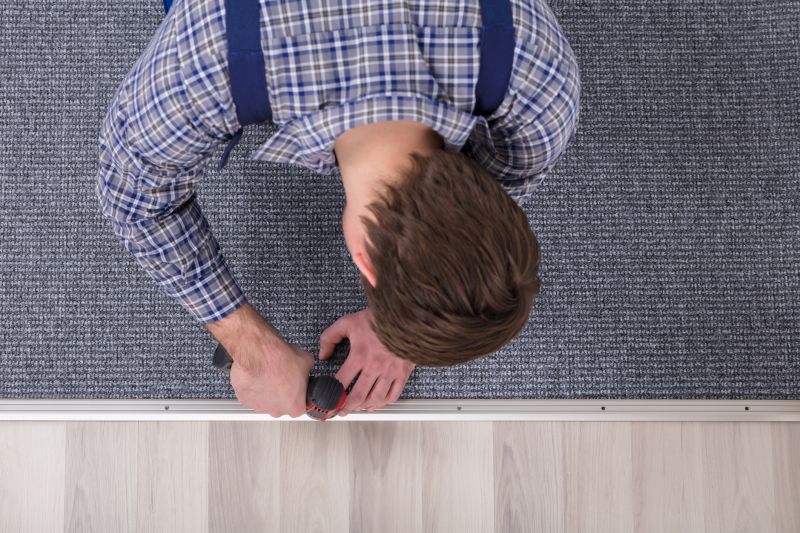
A 60-second routine that keeps Speed Bump Installations looking new.

A frequent mistake in Speed Bump Installations and how to dodge it.

Small tweaks to make Speed Bump Installations safer and easier to use.
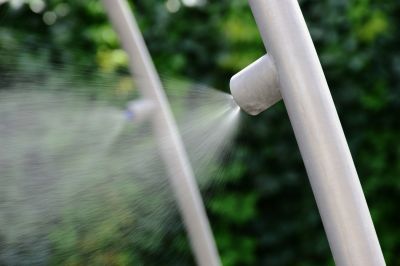
Lower-waste or water-saving choices for Speed Bump Installations.
| Factor | Details |
|---|---|
| Weather Conditions | Ideal: dry, mild temperatures for curing and setting. |
| Traffic Volume | Lower traffic periods facilitate safer and more efficient installation. |
| Permits and Approvals | Schedule in accordance with permit timelines to avoid delays. |
| Seasonality | Avoid peak winter or rainy seasons for optimal results. |
| Community Engagement | Coordinate timing to minimize disruptions and inform stakeholders. |
| Material Curing Time | Allow sufficient time for asphalt or rubber to fully set. |

The short, realistic tool list for quality Speed Bump Installations.
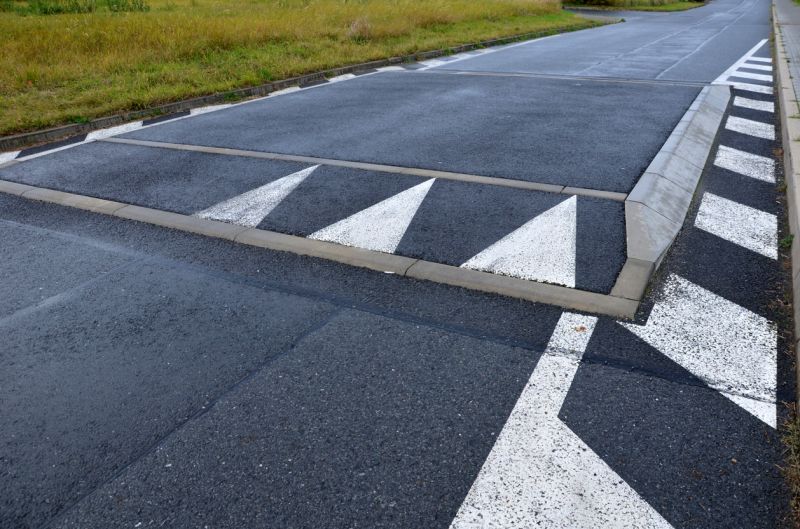
Rough timing from prep to clean-up for Speed Bump Installations.

Quick checks and paperwork to keep after Speed Bump Installations.
Interested in scheduling a speed bump installation? Filling out the contact form provides an opportunity to discuss timing options tailored to specific needs and locations. Proper timing can enhance safety and extend the lifespan of the installation, making it a valuable investment for any property or community.



